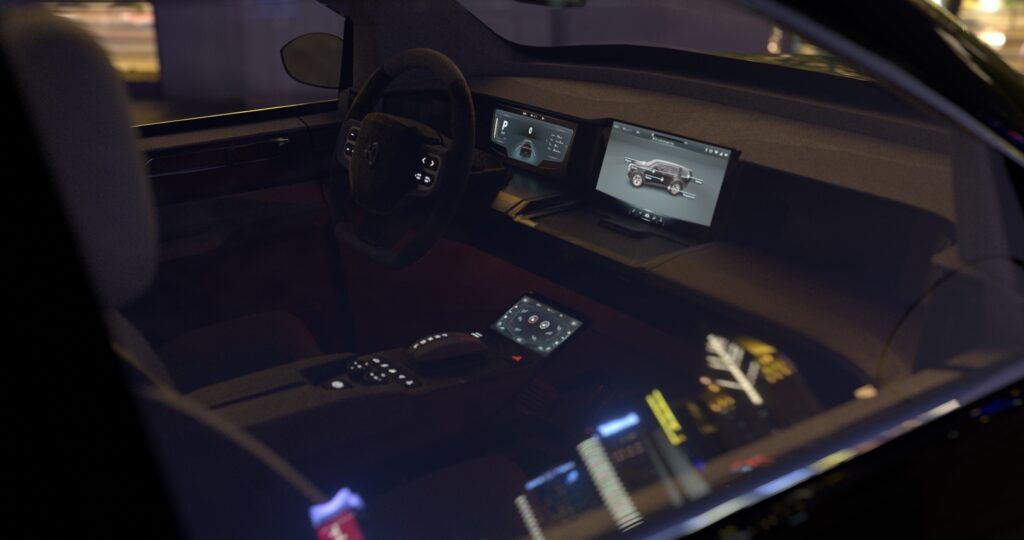Challenges persist, but EY research suggests the automotive industry is continuing its upward trend, in part driven by easing supply chain issues. As automotive manufacturers continue to benefit from these improving market conditions, one area that is helping to boost productivity and efficiency is the use of real-time 3D (RT3D) content. While the ‘metaverse’ term itself is a nebulous concept, this technology is bringing real benefits to manufacturers in a number of areas, and this is set to develop in the years ahead.
The first area this technology will continue to revolutionise is in-car screens and infotainment. Many OEMs are fast recognising that in order to win over today’s drivers, they not only need to engage them and their passengers with larger, more immersive displays but also redefine how they use and interact with the software in their vehicles. The in-vehicle software experience is paramount to luxury buyers, who demand more visual fidelity, richer immersive experiences and connectivity to their broader digital world. Software-centred cars require a technology-driven approach and a platform to develop and operate this critical opportunity of engagement with their customers. Traditional human-machine interface (HMI) toolchains are not capable of delivering such cutting-edge experiences—but RT3D is.

RT3D content can also have a significant impact on driving productivity within the manufacturing process itself. This technology allows car makers to build a digital twin of their factory, providing value to the automaker from designing and implementing their industrial workflow, through planning and optimising multiple aspects of the operation once they’re in production. Automakers are also using RT3D to run many types of simulations across their organisations. These can be human controlled to validate realistic driving experiences ranging from city driving to track racing, to testing design concepts of vehicle shapes and performance, to in “dashboard” presentations. These simulations are also run in the cloud at scale to create data to train the AI systems embedded in vehicles.
RT3D and virtual platforms can also be built to offer customers a more comprehensive range of services covering the full customer lifecycle from pre-sales to customer experience meaning consumers can test and engage with various models long before they open the door to the physical vehicle.
Another challenge automotive makers face is determining how to unify the teams responsible for taking their vehicles from vision to reality. Since these teams are laser-focused on specific modules of the vehicles and use different tools, they’ve typically had no common language of communication. Parties normally come together late in the lifecycle when potential problems are more cumbersome to address. RT3D content can become the glue in a manufacturer’s toolchain, connecting all modules and project stages—from vehicle concept and design, to off the production line, to the life of the vehicle and the customers engaging with it. With a more cohesive toolchain, manufacturers are able to streamline their pipeline, creating a more accessible, collaborative, and productive workflow.
RT3D content and workflows are proving to be an invaluable asset
Whether it’s building intuitive and visually engaging in-car experiences, revolutionising the manufacturing process, or bringing together teams more effectively at every step of a car model’s development, RT3D content and workflows are proving to be an invaluable asset to a range of automakers across the industry. The customer journey from configuring, reviewing, interacting, using and ultimately enjoying their vehicle will be the biggest differentiating factor amongst brands as they compete for customers.
The opinions expressed here are those of the author and do not necessarily reflect the positions of Automotive World Ltd.
Hunter Smith is Studio Director at Unity Industry
The Automotive World Comment column is open to automotive industry decision makers and influencers. If you would like to contribute a Comment article, please contact editorial@automotiveworld.com

